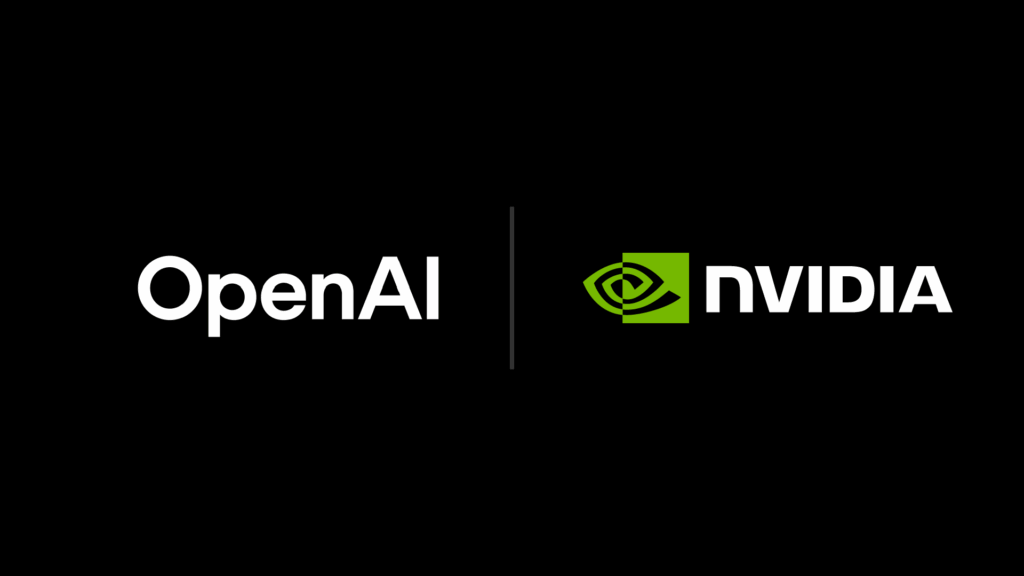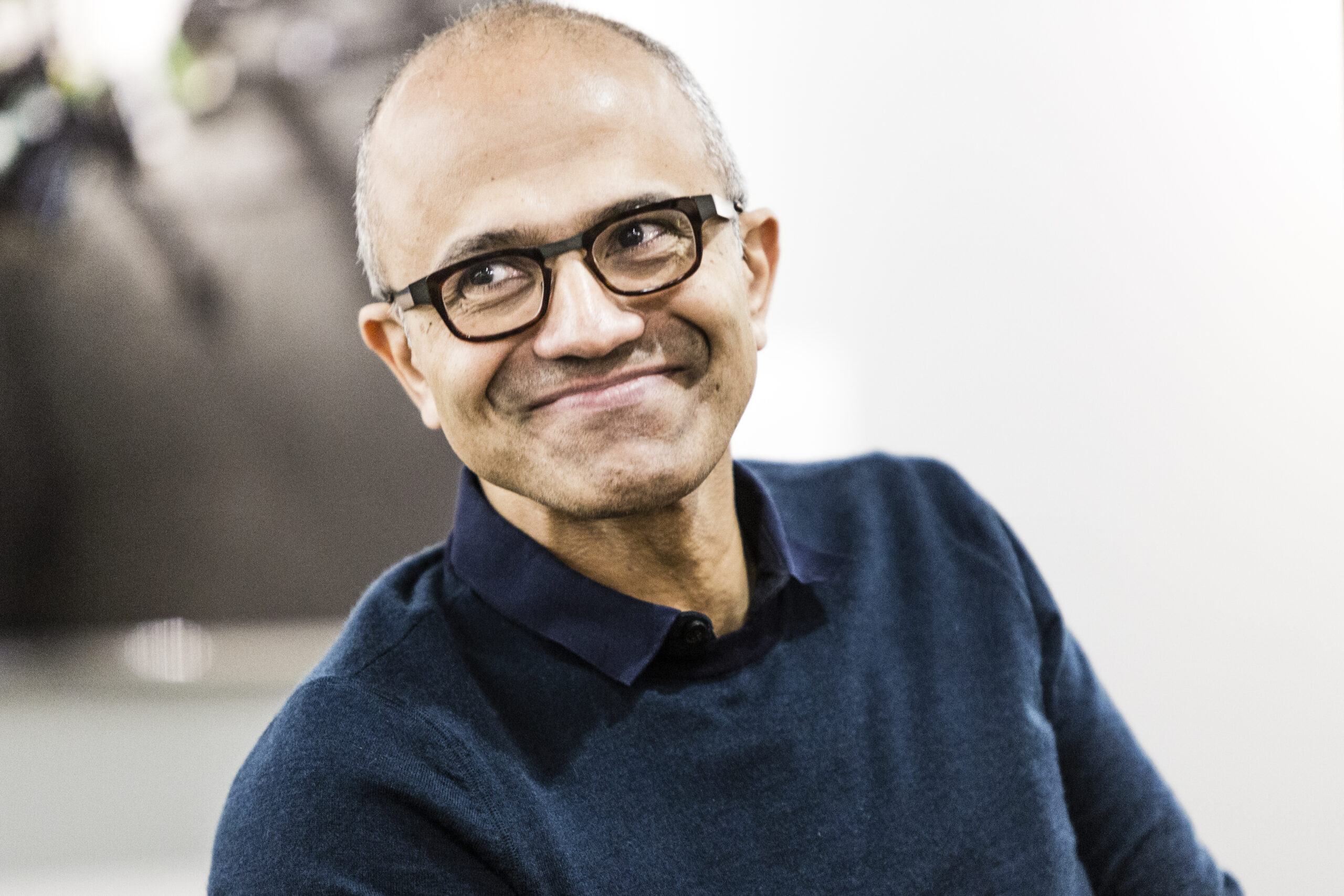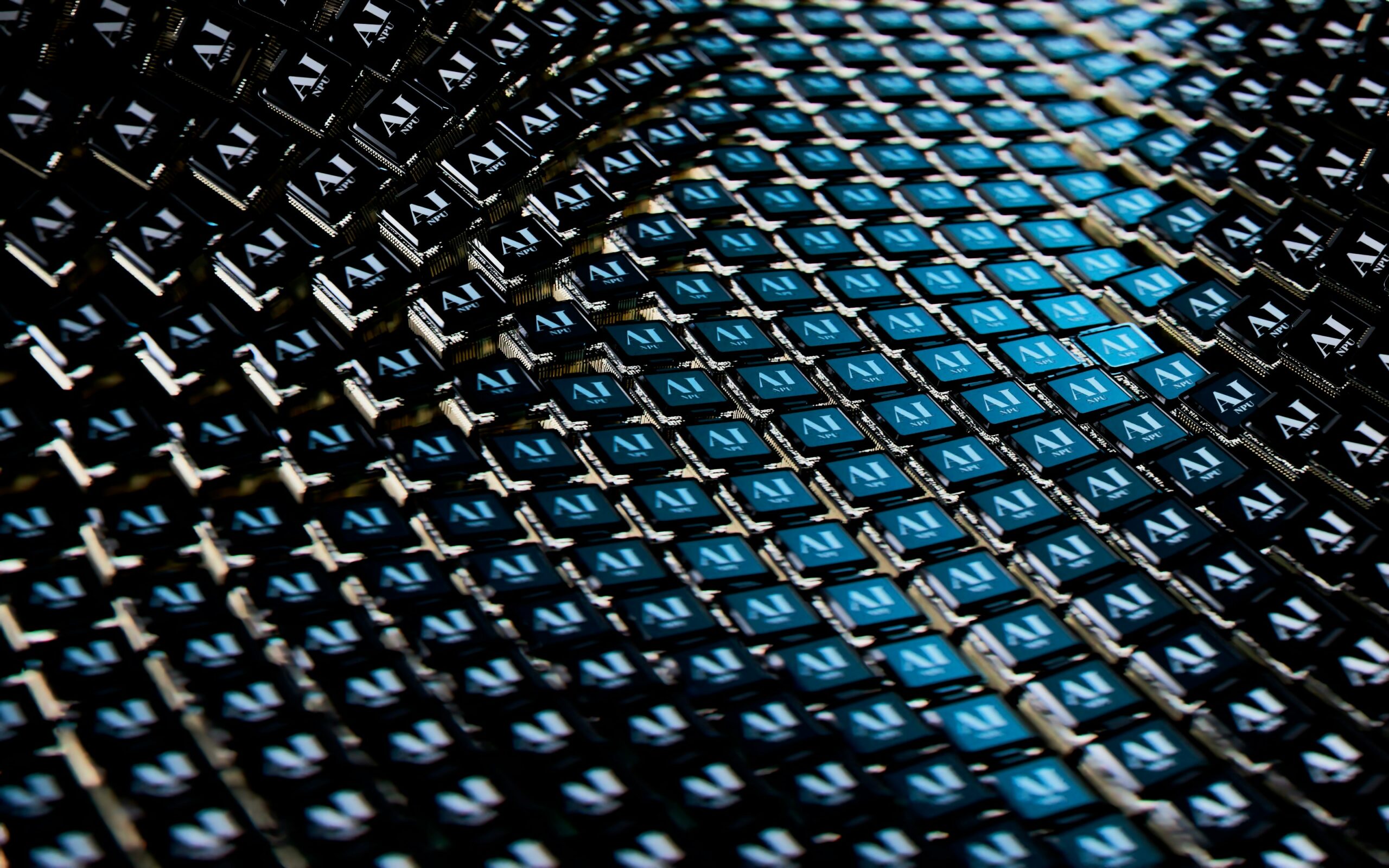Nvidia and OpenAI play the circle game

We can't return we can only look behind
From where we came
And go round and round and round
In the circle game
~Joni Mitchell
Joni Mitchell’s 1970 classic, Circle Game, popped into my head this week after hearing about the tentative deal between OpenAI and Nvidia. Under the proposal, Nvidia would put up and average of $10 billion a year for the next decade, and OpenAI would spend it on Nvidia chips. In total, it could involve 10 gigawatts of data centers powered by Nvidia GPUs.
Seriously, Nvidia says you can have a bunch of money as long as you spend it on Nvidia products. It’s worth noting that for the time being this is not a done deal by any means. It consists of a ‘letter of intent,’ according to multiple reports, and there is no actual signed contract yet. Regardless, the internet was buzzing with talk of the circular nature of the deal.
It certainly didn’t escape analyst Benedict Evans, who was concerned about what could happen if the market suddenly shifts. “There are plenty of perfectly coherent strategic reasons for Nvidia to invest in OpenAI… but circular revenue is exactly the kind of leverage that tends to unwind quickly and painfully when bubbles pop,” he wrote on LinkedIn. And this put a name to the very thing that bothered me about this agreement, the robbing Peter to pay Paul aspect of it.

Then there’s the length of the proposed deal, which is supposed to be over a 10-year period. Who knows what will happen in the next 10 years in the AI space and whether OpenAI will still be a key player, and if it is, whether it will need all those resources. Heck, we don’t even know whether GPUs will still be the driving force behind AI they are today — or if something new and different will disrupt Nvidia’s current market position.
Also, much like OpenAI's deal with Oracle announced last week, there are many questions about whether either deal, if consummated, would ever reach the full value -- or if this is a lot of PR smoke and mirrors, the money equivalent of vaporware (software that’s announced to great fanfare, but never delivered).
But none of that really matters. It was the nature of this week’s report, not so much the public details, that has people talking.
The exclusivity question
An agreement of this magnitude, no matter how tentative, leaves us with a lot of open issues. For starters, will regulators allow it? Who knows, but Nvidia is clearly not the first company to do something like this. We see strategic investments from large companies all the time and hardly anyone questions them.
As one example, look at Anthropic receiving an $8 billion cash infusion from Amazon, while making Amazon one of its primary cloud vendors. But Anthropic also has a relationship with Google Cloud. I’m not aware that there is anything to indicate that in exchange for that $8 billion, Anthropic had to buy only Amazon cloud services with the investment, although like a lot of us, they probably spend some of their money at Amazon.

Patrick Moorhead, founder and principal analyst at Moor Insights & Strategy, says this type of pact would establish a firm, long-term relationship between the two companies, and that could be the purpose of this discussion, at least from Nvidia’s point of view.
“For Nvidia, this is a good way to ensure that its GPUs have a long future at OpenAI. I compare this to the Nvidia investments in CoreWeave, Lambda and Nebius. This is essentially a discount without calling it a discount,” he said. That’s one way to look at it, but even Moorhead says if there’s an exclusivity clause, that could raise concerns with regulatory officials.
But not everyone agrees that this is business as usual. Scott Raynovich, founder and chief technology analyst at Futuriom, believes that this type of arrangement could be problematic and possibly catch the attention of regulators. “The size and frequency of these interconnected deals is becoming disturbing. With CoreWeave and now OpenAI, Nvidia has established a pattern of funding its own suppliers, known as vendor financing,” he said. “Vendor financing has always been a red flag because it looks like you are trying to stimulate demand.”

Tom’s Hardware reported this week that the deal could involve leasing Nvidia chips instead of buying them. I’m not sure that distinction matters, as the underlying circular flow of money and resources remains the same. Either way, it feels like Nvidia is using its market clout and large cash position to gain an unfair advantage over the competition. The company currently has close to $60 billion in cash on hand, per Yahoo Finance, and plenty more coming in every quarter.
For now, this is a non-binding proposal, not a firm agreement, a basis for discussion between legal teams to work out the nitty-gritty details that such a deal would entail. The companies likely made this public to signal their intentions to the market for reasons only they know. We can only react to the public details, but perhaps they will circle back with the full particulars if this deal is ever finalized—and then we’ll really have something to talk about.
~Ron





